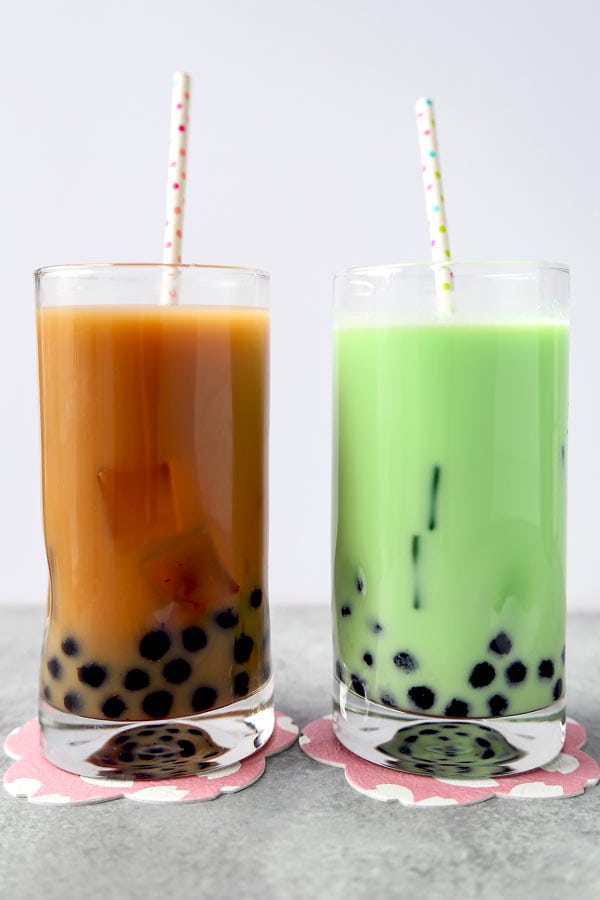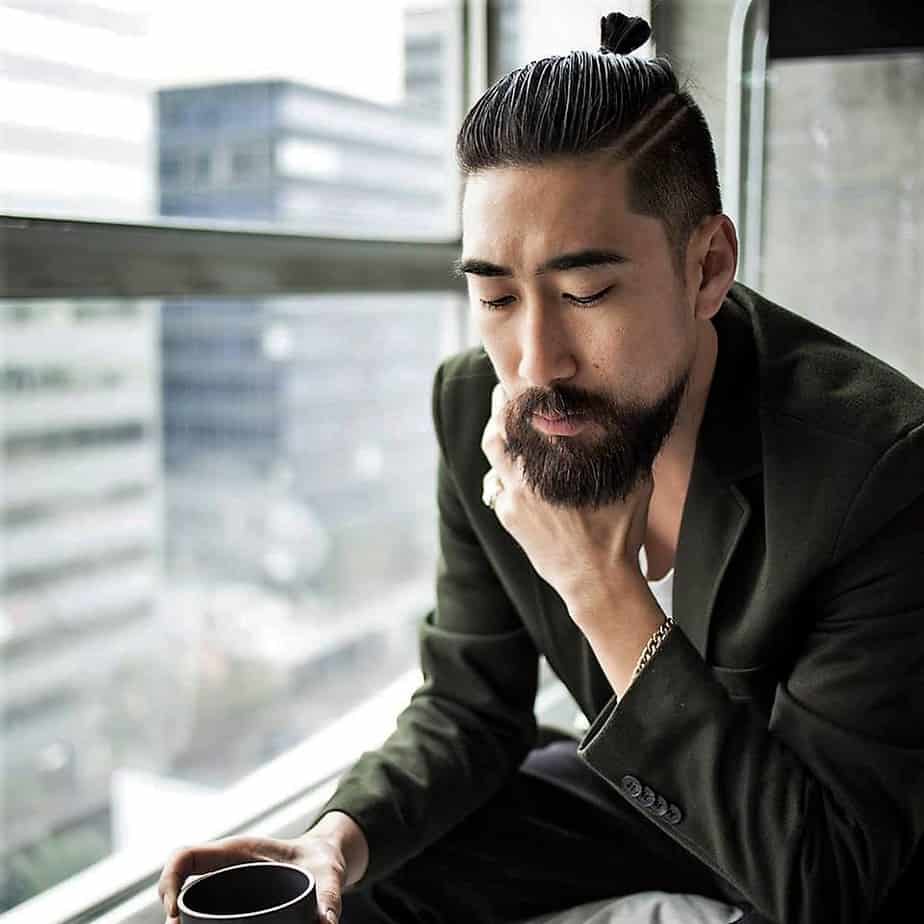
Last week, while discussing Li-young Lee’s poem, Persimmons, a few group members and I attempted to dissect the Chinese language references and allusions the speaker includes. Unfortunately for Haley Cush, the only non-mandarin speaker at our table, we soon began to converse in Chinese entirely, leaving her awkwardly trying to bring the conversation back to English.
A few days later we read Love Song of J. Alfred Prufrock by T.S Elliot. While the speaker describes his escapades through a city, he mentions eating oysters at a restaurant. Apparently, this was a matter of immense importance, because I soon found myself in Haley’s shoes, a listener, as my group members passionately discussed the aphrodisiac qualities of oysters and their implication of sexual behavior… to put euphemistically. I also earned a new description: “Neil the prude.”
Yet my recent encounters with contrasting cultures and a lack of awareness have proven one thing: we aren’t woke enough as a generation. Recent incidents at Naperville Central and Buffalo Wild Wings have made national headlines, bringing blatant racism right into the literal “bubble” in which we were raised. In fact, last month, I was lucky enough to have had my first directly racist encounter!


Walking home from the Starbucks in downtown Naperville one night, two younger teens from Central approached me and began heckling me, addressing me as “Ching-Chong”. After I told them to go home because it was past their bedtime, they dismissed me as a “homo-fag-bitch from North.”
While this experience was jarring to say the least, I noticed I wasn’t really fazed by it. In an almost disturbing way, I think I just accepted the fact that people would be racist and that racism is an aspect of human nature that will exist in some way in society.
But enough with all the backstory — let me get to the point.
As a generation, we need to be more cognizant about our subliminal thoughts and generalizations. Speaking with Haley Cush on this matter, we decided to approach this topic in a satirical way: by acknowledging the stereotypes, specifically the types of people that make up our race, in order to communicate the idea that there’s much more to every person than the color of their skin.
—
1. AP-sians:
First on this list are your stereotypical Asian nerds. Some characteristics of AP-sians are having the same number of Rubik’s cubes, college textbooks on their bookshelf, and AP classes on their transcripts. AP-sians will not settle for any grade with a minus sign next to it or containing the letters B, C, D, and F.
You’ll find AP-sians in their natural habitat using Rogerhub to calculate the score they need to get on their final to bring their A up to an A+, or researching how many questions they can miss on their next AP exam and still get a 5. Occasionally, AP-sians will hang out together, but it’s usually just so they can edit each others’ college essays. It’s a step up in the evolutionary timeline from chimpanzees picking fleas out of their friends’ backs.
AP-sians tend to follow the all powerful doctrine of “A’s before baes”, and can constantly be heard talking about how they’ll be “sooo wild second semester” after submitting their college apps to each of the top twenty schools in the country. We all know that’s not true, though.
Though AP-sians may seem somewhat reclusive, they’re actually very interesting people. When an AP-sian decides they like something, they instinctively try to become the best they can at it. Whether it’s an academic subject or an activity, the amount of passion and dedication AP-sians can apply is awe-inspiring.
I’ll admit, I identify with my fellow AP-sians. As a former PI+-er, my mild obsession over grades is somewhat ingrained in my head. I try not to let it bother me, but it’s kind of hard when another AP-sian across the room is proclaiming their profound success on the last calculus test.
2. Twinkies:
Next, we have Twinkies: yellow on the outside, but white on the inside.

Twinkies are Asians who are very much yellow, but feel most at home around white people. They are usually varsity athletes in sports other than badminton, tennis, and ping-pong (reserved for AP-sians), and are active in organizations such as student government and student boards.
Twinkies have predominantly white friends and are typically more liberal when it comes to romance and relationships (the “A’s before baes” protocol may be breached). Twinkies can also be identified by their very aesthetic wardrobes, one thousand plus Instagram followers, and, for males, having a hairdo that’s not either a bowl cut or a buzz cut.
Twinkies have a special set of personality traits. They typically have a similar drive and personal expectations as AP-sians, but choose to express it in a different way. Their extroverted, popular nature makes them successful in their own way.
However, this category reflects a deeper cultural conflict: the isolation many second generation immigrants face when exposed to American culture. Twinkies are often caught between a struggle between embracing Asian culture and assimilating into American culture. As a result, they’re not entirely included by either group. This phenomenon complicates issues with racism as Twinkies may dismiss racial slurs in hopes of being accepted by the white community. (https://www.mckendree.edu/academics/scholars/issue15/puloka.htm)
This category hits pretty close to home for me. Since elementary school, I’ve had to balance by association with Chinese culture with the norms and behavior of my white friends. I believe I’m living in some middle ground. Not quite an AP-sian, but not quite a full on Twinkie either. I’ve passed my phase of trying to assimilate, and learned to appreciate Asian culture, but it’s still complicated having to juggle two sides of my identity.
3. ABGs:
Asian. Baby. Girls.
The name is kind of misleading, but it’s basically a subcategory of the Twinkie. ABGs are usually somewhat subdued during high school, but after heading off to college, usually to a school in California, undergo a massive change. These changes usually include: bleaching their hair, then dying it a pastel color, pretending they are an Instagram fitness model or vlogger, and developing an addiction to bubble tea.

But what this category reflects is a rebellion from conservative, stifling nature of many Asian households. It’s another case of exploring one’s identity, seeking to find a unique way to express oneself after conforming to a cultural expectation for years. It’s the same feeling that makes the AP-sians want to let loose second semester. After a childhood with parents who might control the way you dress, act, or communicate, ABGs could be trying to make up for lost time.
4. Hipster Asians:
Round glasses, man buns, palewave outfits, exotic coffee, and poetry. They’re the Asians whose parents allowed them to pursue a career in the arts.

Hipster Asians are generally appreciative of indie music, free verse poetry, and basically anything that reeks of angst. They have very aesthetic Instagram feeds, smolder in their photos, and can only get work done using a heavily stickered Macbook at a crowded Starbucks.
5. Crazy Rich Asians:
Yes, they actually exist. There’s less of this type in Naperville, but you’ll know it when you see one, likely in college. CRAs are luxury connoisseurs who strut around decked out in the latest Gucci and Louis Vouitton outfits. Forget Hondas and Toyotas, these Asians’ first cars are BMWs or Porsches. CRA’s will usually have attended a private-international-prep-school-academy-institute abroad before coming to study at an American university. CRAs will also typically excel at “country club sports” such as golf, which they’ve been groomed to play at a young age.
6. FOBs:
Fresh Off the Boat. Just like my parents 23 years ago. Whether they’re exchange students, studying abroad, immigrants, or tourists, it’s pretty easy, and sometimes quite hilarious identifying FOB Asians.

FOB Asians can be found at popular tourist destinations with oversized DSLRs hanging around their necks, wearing shirts that have misspelled American brands on them, and holding open umbrellas even though the sun is out (to prevent tanning). Many FOBs have a hard time pronouncing many English words such as “fork”, “thanks” and, well, “English”.
Despite seeming somewhat out of place at times, FOBs are generally very eager to absorb American culture. I find that I can relate to them because our shared struggle to reconcile our conflicting identities with our cultural origins thousands of miles overseas.
However, FOBs also serve as another barrier to racial acceptance in America. Though racism towards Asian Americans is comparatively less profound than that towards African Americans, it’s the result of a centuries long process. The first Chinese immigrants who worked the railroads and gold mines in the west faced heavy racism, but over time, the American attitude towards Asian immigrants has generally improved. Yet the cause for this is quite sinister. Many historians and analysts believe it’s because the Chinese were more willing to assimilate into American culture (https://www.washingtonpost.com/news/wonk/wp/2016/11/29/the-real-reason-americans-stopped-spitting-on-asian-americans-and-started-praising-them/). They withstood the stereotypes and integrated. However, the process only ingrained these racial lines into American society. The stereotypes never disappeared, and are now a permanent obstacle preventing the total elimination of racism in America.
—
Hopefully, you find this to be somewhat funny, but more so, I hope you come to the realization that with the immense variety of individuals in every race, and in society as a whole, the very concept of racism and racial stereotyping is completely ridiculous. For those of you who are Asian, I hope you realize you can’t fit into a singular category. How is it possible to generalize an a person’s entire persona with a singular description? With so much more to a person than the levels of melanin in their skin, it’s imperative that we make every effort to subvert even the most subconscious of our racially discriminatory thoughts.
https://www.washingtonpost.com/news/wonk/wp/2016/11/29/the-real-reason-americans-stopped-spitting-on-asian-americans-and-started-praising-them/


 At Columbia University, a team has developed a new method of 3D printing that allows cooked food to be printed. The high-resolution application of heat means more complex flavor combinations can be achieved.
At Columbia University, a team has developed a new method of 3D printing that allows cooked food to be printed. The high-resolution application of heat means more complex flavor combinations can be achieved.